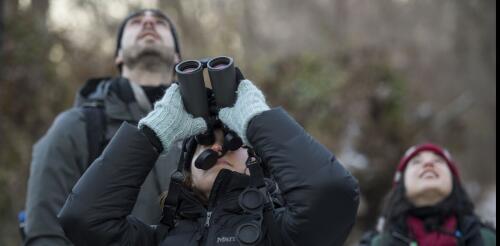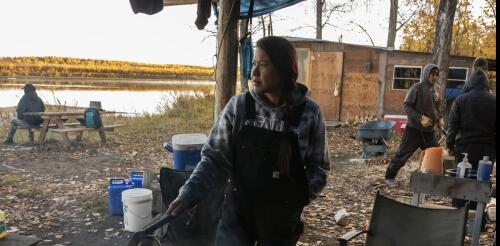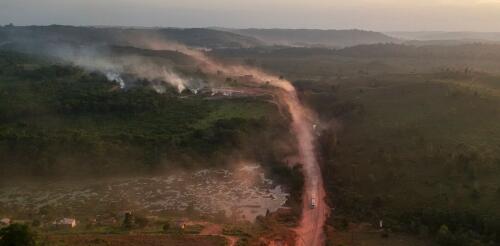Indigenous
“Dune,” widely considered one of the best sci-fi novels of all time, continues to influence how writers, artists and inventors envision the future. Of course, there are Denis Villeneuve’s visually stunning films, “Dune: Part One” (2021) and “Dune: Part Two” (2024). But Frank Herbert’s masterpiece also helped Afrofuturist novelist Octavia Butler imagine a future of conflict amid environmental catastrophe; it inspired Elon Musk to build SpaceX and Tesla and push humanity toward the stars and a greener future; and it’s hard not to see parallels in George Lucas’ “Star Wars” franchise, especially their fascination with desert planets and giant worms. And yet when Herbert sat down in 1963 to start writing “Dune,” he wasn’t thinking about how to leave Earth behind. He was thinking about how to save it. Herbert wanted to tell a story about the environmental crisis on our own planet, a world dr...
Tropical forest landscapes are home to millions of Indigenous peoples and small-scale farmers. Just about every square meter of land is spoken for, even if claims are not formally recognized by governments. These local landholders hold the key to a valuable solution as the world tries to slow climate change – restoring deforested tropical landscapes for a healthier future. Tropical forests are vital to Earth’s climate and biodiversity, but a soccer field-size area of mature tropical forest is burned or cut down about every 5 seconds to clear space for crops and cattle today. While those trees may be lost, the land still has potential. Tropical forests’ combination of year-round sunshine and high rainfall can lead to high growth rates, suggesting that areas where tropical forests once grew could be valuable sites for reforestation. In fact, a host of international agreements and declarations envision just this. The Worl...
This winter, tens of thousands of birders will survey winter bird populations for the National Audubon Society’s Christmas Bird Count, part of an international bird census, powered by volunteers, that has taken place every year since 1900. For many birders, participating in the count is a much-anticipated annual tradition. Tallying birds and compiling results with others connects birders to local, regional and even national birding communities. Comparing this year’s results with previous tallies links birders to past generations. And scientists use the data to assess whether bird populations are thriving or declining. But a change is coming. On Nov. 1, 2023, the American Ornithological Society announced that it will rename 152 bird species that have names honoring historical figures. A Townsend’s Solitaire, one of the species to be renamed. Jared Del Rosso, CC BY-ND Soon, Christma...
The year 2023 shattered the record for the warmest summer in the Arctic, and people and ecosystems across the region felt the impact. Wildfires forced evacuations across Canada. Greenland was so warm that a research station at the ice sheet summit recorded melting in late June, only its fifth melting event on record. Sea surface temperatures in the Barents, Kara, Laptev and Beaufort seas were 9 to 12 degrees Fahrenheit (5 to 7 degrees Celsius) above normal in August. While reliable instrument measurements go back only to around 1900, it’s almost certain this was the Arctic’s hottest summer in centuries. Summer heat extremes in 2023 and over time. NOAA, Arctic Report Card 2023 The year started out unusually wet, and snow accumulation during the winter of 2022-23 was above average across much the Arctic. But by May, high spring temperatures had left the North American snowpack at a recor...
Conservationists breathed a sigh of relief when Luiz Inácio Lula da Silva won Brazil’s presidential election in the fall of 2022. His predecessor, Jair Bolsonaro, had opened large parts of the Amazon region to business by crippling enforcement of environmental laws and turning a blind eye to land grabbing. It should come as no surprise that deforestation showed a sharp uptick. However, while Lula oversaw a more than 70% drop in deforestation during his first run as president in the early 2000s, the rainforest’s future remains deeply uncertain. That’s in part because Brazilian administrations, whether of the right or left, have all promoted an ambitious project to boost exports and the economy called the Initiative for the Integration of the Regional Infrastructure of South America, or IIRSA. The initiative focuses on new roads, dams and industry that can threaten the region’s fragile rainforest ecosystem – and harm the world’s climate i...



